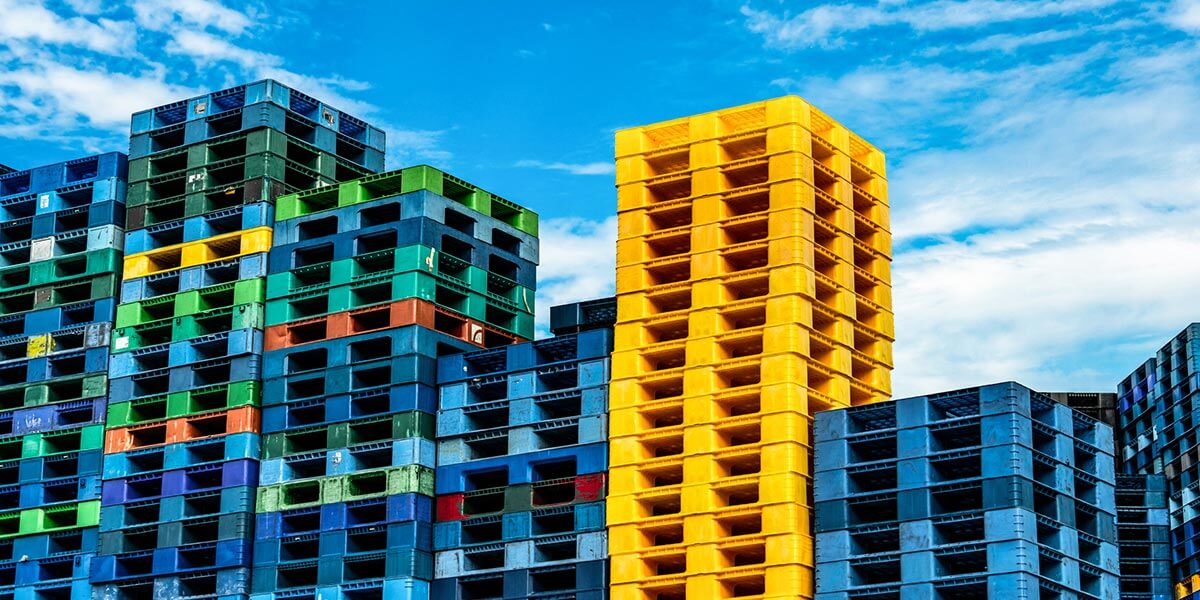The role of sustainability teams has continued evolving as business environments have shifted since COVID-19. Because COVID-19 has had such dramatic impacts on companies in nearly every industry across the world, we are witnessing rapid swings in how companies think about sustainability goals, priorities, and strategies.
Many companies have faced unprecedented business changes since 2020 – from adapting to entirely new markets as sales shifted or disappeared overnight to navigating massive disruptions in supply chains. Given this challenging new world, sustainability teams face three major questions:
- How might their role within their company change in light of COVID-19?
- How can they continue to make progress on their company’s sustainability goals?
- How might their priorities shift to adapt to this new normal?
The answers to these questions will differ from company to company. However, based on interviews and close collaboration with sustainability teams from major companies across diverse industries, we see the four points below as vital to helping companies successfully navigate today’s sustainability challenges.
4 Ways Companies Can Reposition Their Sustainability Strategies in Light of COVID-19
These four best practices will help sustainability teams reposition their company’s sustainability strategies, programs, and goals in light of COVID-19 while simultaneously driving change on key environmental and social issues.
1. Reexamine and Update the Business Case for Sustainability
Sustainability teams are comprised of forward-thinking leaders who know that sustainability goals are crucial to meeting business goals in today’s interconnected world. However, COVID-19 has dramatically changed the business environment. As a result, we’re seeing that the business cases that sustainability teams made prior to 2020 are being reexamined and updated to reflect the current state of the world.
For instance, the hospitality, tourism, and foodservice sectors almost dried up overnight. Sustainability teams in those industries immediately had to narrow in on their most important sustainability goals to refocus limited resources.
As we move into 2022, now is a good time for sustainability teams to consider:
- Are our previous sustainability strategies, programs, or goals still relevant to the company?
- What changes are likely temporary, and which ones are likely permanent?
- Do any long-term programs or goals need to shift to align with a post-COVID-19 business environment?
- Can sustainability goals or strategies be repositioned or aligned with efforts to build future business resilience to market or supply chain shocks?
As companies continue to address COVID-19 challenges, any opportunity to connect sustainability goals to the business case and overall COVID-19 mitigation strategy will help teams get more buy-in and support for current or new activities, strategies, and partnerships.
2. Build Trust with Other Departments While Seeking Opportunities to Embed Sustainability into New Ways of Doing Business
Many business teams and departments have been mandated to move in different directions because of COVID-19. Continuing to foster trusted, close relationships with other business departments – such as sourcing, research & development, production, and sales – can help sustainability teams ensure that sustainability goals are embedded as the business redirects and evolves. As business units move in new directions, opportunities are created for sustainability teams to embed goals and programs into new company policies, guidelines, or procedure updates.
For example, before COVID-19, one large company had sourced most of its raw materials from one location. When COVID-19 struck, the supply chain was severely impacted. To mitigate future risk, the sourcing unit was forced to update its supplier guidelines and policies. The sustainability team recognized this as an opportunity to ask the sourcing director if they could add a requirement that any new suppliers meet the company’s environmental and social standards. After all, the sourcing unit would save time, money, and energy by finding suppliers who already met the company’s standards, instead of bringing suppliers up to the standards later on. The sourcing director was open to the suggestion because his team was already updating their search requirements, and this would be just one more filter.
While it can be hard and time-consuming for business departments to make the case for large-scale process changes to improve sustainability, they may be open to weaving in small, incremental changes – especially if they are updating policies, procedures, or guidelines anyway. COVID-19, while devastating, offers some opportunity for these types of changes. While it may seem like a small step, embedding incremental changes can open the door for sustainability teams to make greater progress later.
3. Stay in Close Communication with Leadership Teams
We have seen a number of companies undergo leadership changes at the top, which has presented opportunities for sustainability teams to re-pitch ideas that may not have had traction before. New leaders coming in have fresh eyes and could be more open to creative approaches to sustainable business. However, the flip side is also true: new leaders have new perspectives and may be focused first and foremost on COVID-19 recovery. Their priorities may, or may not, align with the current course. In either case, staying close to leadership will allow sustainability teams to understand if their company is changing course to respond to new business realities. It will also help them effectively frame and pitch ideas to support business changes.
In companies where top leadership has remained, some sustainability teams have also gained traction on earlier ideas for which the timing hadn’t yet been right – or they are reframing those ideas in light of COVID-19. Often, sustainability teams are forward thinkers in terms of how they can predict and address sustainability risks and opportunities. Because of COVID-19, some leaders appear to better understand the urgency in addressing issues around sustainable business and resilience, especially those challenges that can threaten long-term business health and continuity.
Regardless of the situation, sustainability teams will need to stay close to leadership teams, continuing to make the business case for why sustainability is critical during the broader crisis. As sustainability teams know, it’s easier to get other business units to adopt and implement sustainability strategies when leadership supports them.
4. Be Nimble, Adaptable, and Find Creative Solutions
The previous best practices on this list are all reinforced by the ability to stay nimble, adaptable, and creative in our uncertain and unpredictable world. Sustainability strategies, programs, and goals may have to shift to reflect different priorities and the needs of the company today. Projects may have to scale back, or up, as resources get reallocated and leaders shift priorities. A different business case may have to be made for sustainability efforts. There is no predicting what sustainability teams will face in the coming months (or years). Still, those who can pivot and roll with each change and find creative solutions such as developing cross-sector partnerships will find more success.
Build a More Effective Sustainability Team for Your Company
If there is anything that COVID-19 has shown us, it is that the work sustainability teams do is more important than ever. Companies need sustainability teams who are smart, passionate, and creative to help bridge the gap between business and impact. Arguably, there is no one better positioned to help their companies learn from this current crisis and push forward on critical strategies that benefit their business, the environment, and the world.
Companies should partner with a sustainable impact consultant to discuss implementing the best practices listed above. A knowledgeable team of environment and sustainability experts are available to help sustainability teams reposition their strategies, programs, and goals in light of COVID-19 to further benefit their business.
Editor’s Note: This post was originally published on December 3, 2020, and has been updated for accuracy and current best practices.



